Canadians are often seen as financially responsible, but even the most careful budgeter can fall into everyday money traps. Small expenses add up, certain lifestyle choices quietly drain savings without notice, whether it is in the form of convenience purchases or overlooked fees, and these habits can easily cost thousands of dollars annually when left unchecked. These are 14 Canadian habits that are secretly costing you thousands each year:
Daily Coffee Purchases

Stopping at Tim Hortons, Starbucks, or a local café every day may feel harmless, but at $4-6 per cup, the costs add up quickly. Over the course of a year, a single daily coffee run can exceed $1,500, which is double that for those who grab multiple drinks. While coffee culture is deeply ingrained in Canada, brewing at home costs less than $0.50 per cup. Investing in a good coffee machine can save money and time spent in line. For many Canadians, cutting this one habit could free up funds for travel or long-term savings.
Overusing Food Delivery Apps
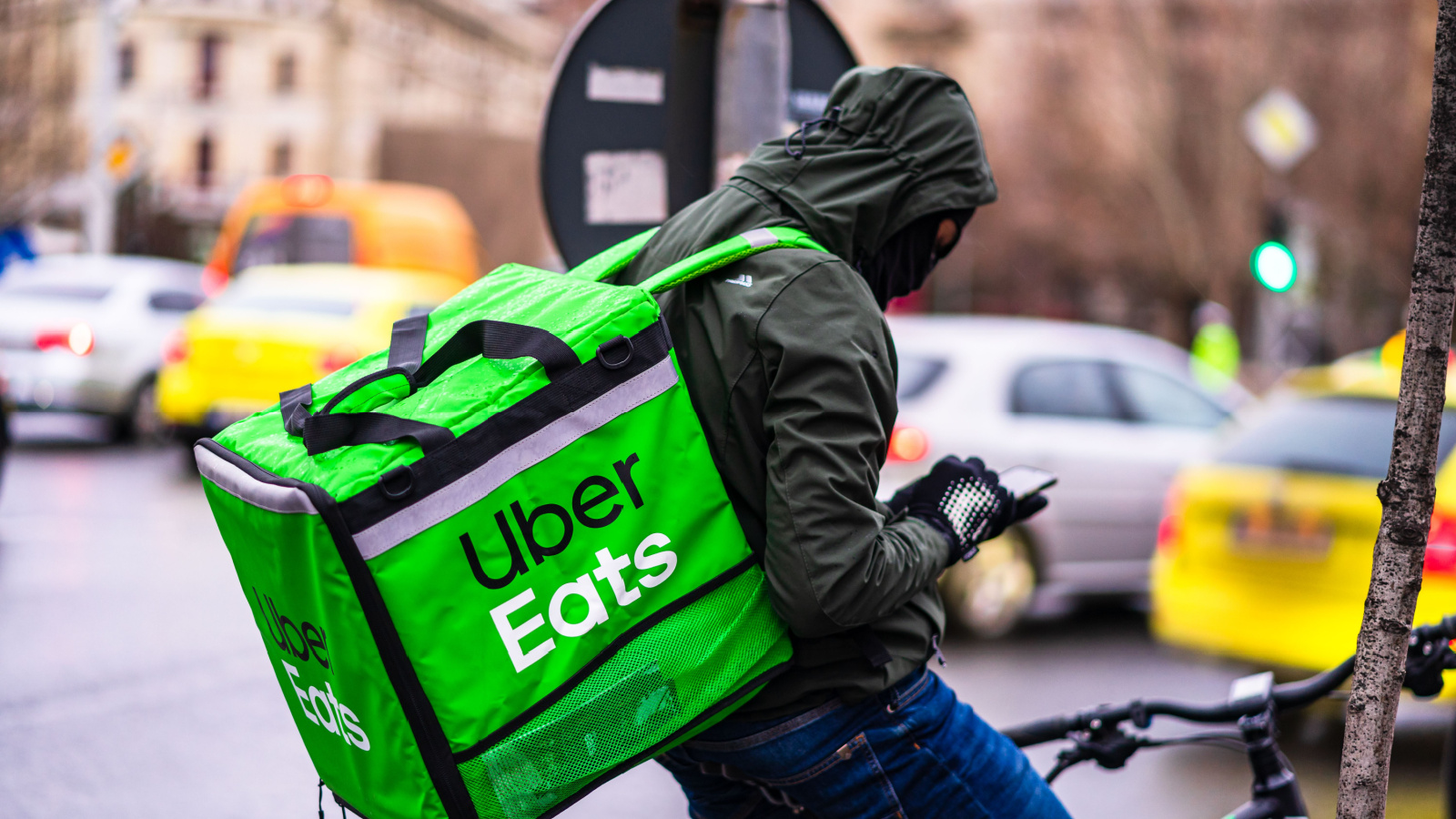
Food delivery apps like Uber Eats, DoorDash, and SkipTheDishes offer convenience but pile on hidden costs, like service fees, delivery charges, and markups of 20-30%. A $20 meal can easily climb to $35 after fees and tips, and ordering just twice a week adds up to more than $3,000 per year, while cooking at home or opting for pickup instead can dramatically lower expenses. Many Canadians underestimate how much they’re spending this way, but a few swaps can translate into hundreds of dollars saved monthly, while still enjoying restaurant-quality food occasionally.
Ignoring Bank Fees

Canadians pay some of the highest banking fees in the developed world, with average monthly account charges ranging from $10-$30. Overdraft fees, ATM surcharges, and international transaction costs add even more, and without realizing it, many people lose $300-$600 annually to access their own money. Switching to a no-fee online bank, consolidating accounts, or meeting minimum balance requirements can significantly reduce this waste. Banks rely on customers ignoring these charges, but savvy Canadians can redirect those savings toward investments or emergency funds with almost no effort.
Paying for Multiple Streaming Services
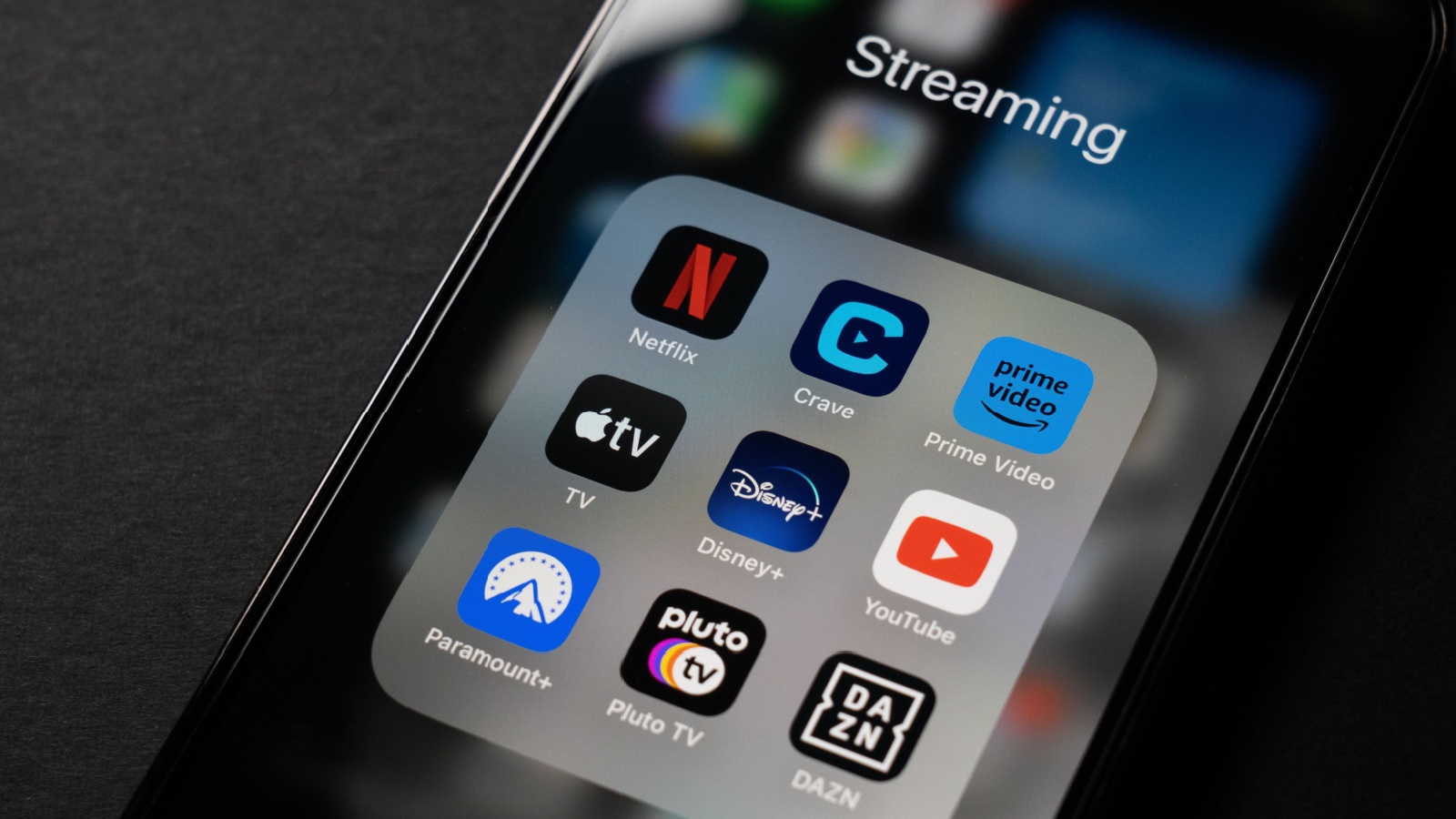
It started with Netflix, but now many Canadians subscribe to multiple platforms simultaneously, including Disney+, Crave, Amazon Prime, Apple TV+, and others. At $10-$20 per month each, households can easily spend $60-$100 monthly, or over $1,000 annually, often without watching all of them, and this subscription creep quietly drains budgets. Reviewing what you actually watch and rotating services instead of keeping them all year can save hundreds. Free streaming alternatives and bundled deals also help. Cutting down doesn’t mean giving up entertainment, but it means paying smarter for it.
Buying Brand-Name Groceries
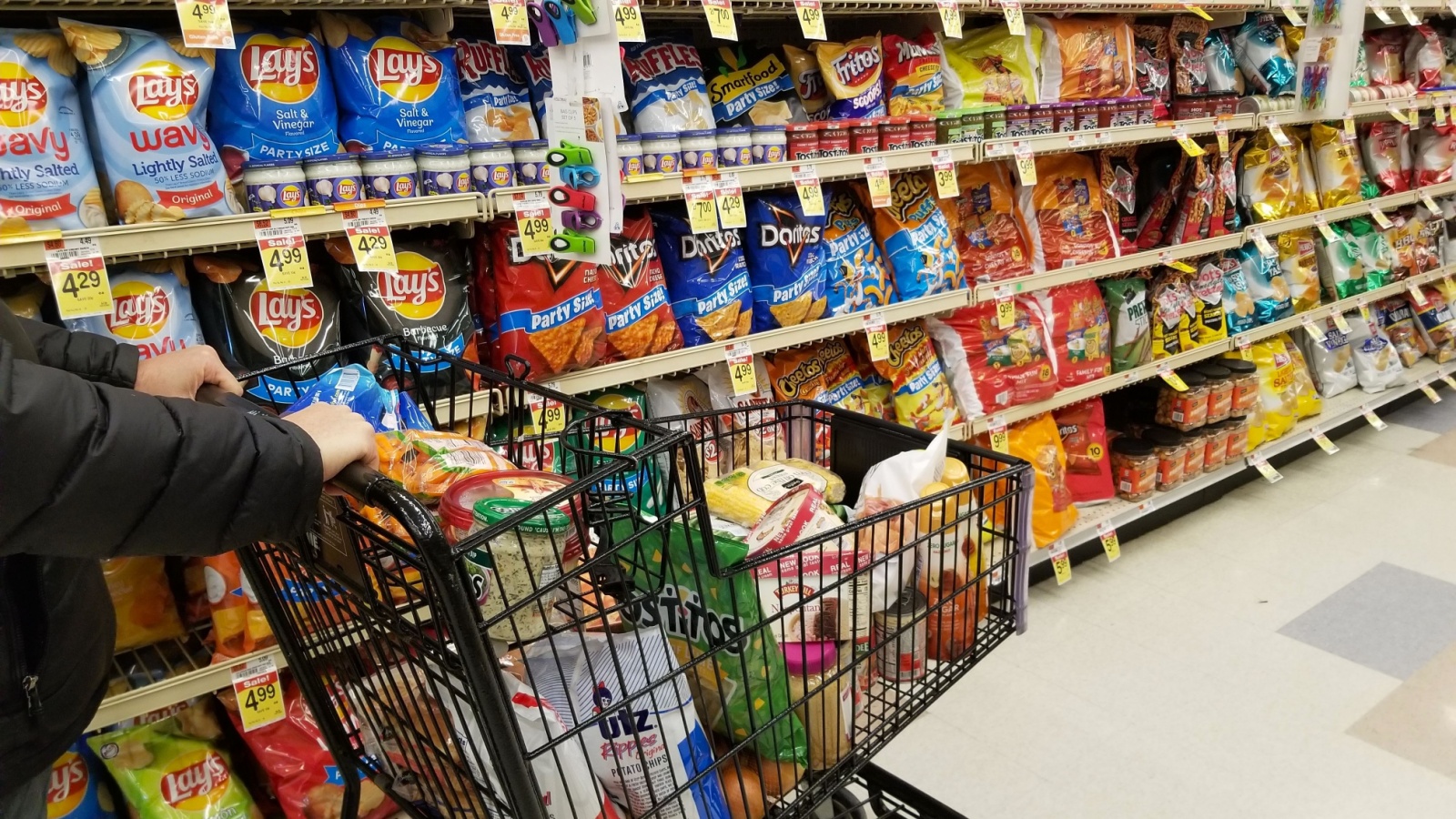
Many Canadians automatically reach for brand-name products, assuming better quality, when store brands often offer nearly identical taste and nutrition at 20-40% less. With rising grocery prices, that difference adds up to thousands annually for families. For example, swapping to private-label pantry staples, dairy, or frozen goods can cut a grocery bill by $30-$50 weekly, and over time, those savings compound significantly. Canada’s major grocers like Loblaws (President’s Choice), Sobeys, and Walmart offer high-quality store brands that rival name labels at a fraction of the cost.
Eating Out Too Often

Dining out has become part of Canadian culture, but restaurant meals often cost three to five times more than cooking at home. A couple eating out just twice a week can spend $400-$500 monthly, or $5,000-$6,000 annually. Factoring in drinks, tips, and parking can cause costs to balloon even further. Cooking in bulk, meal prepping, and experimenting with recipes at home can dramatically reduce spending without sacrificing taste. Reserving dining out for special occasions makes it more enjoyable while protecting your wallet from a steady financial drain.
Leasing Cars Instead of Buying Used

Many Canadians prefer leasing vehicles for the convenience of new models and warranty coverage, but it often leads to higher long-term costs. Lease payments can run $400-$700 monthly, adding up to $5,000-$8,000 per year with nothing to show at the end. Buying a reliable used car and maintaining it well can save thousands while avoiding ongoing monthly payments. Canadians who switch from leasing to ownership often find themselves with extra cash flow each year, plus the added benefit of eventual equity in their vehicle.
Overspending on Cell Phone Plans

Canada is notorious for expensive cell phone plans, with averages of $60-$80 per month for basic data packages. Over a year, that’s nearly $1,000, which is double or triple what Europeans pay for similar service. Many Canadians also pay for unused data or premium features they don’t need. Switching to discount carriers like Freedom, Public Mobile, or Fizz can cut costs by 30-50% without sacrificing coverage. Keeping an eye out for seasonal promotions or employer discounts can also help, and by adjusting your plan, you could free up hundreds annually with little sacrifice.
Buying Lottery Tickets Regularly

The dream of hitting the jackpot lures millions of Canadians, but frequent ticket purchases can cost more than expected. Spending $10 a week on Lotto Max or scratch tickets adds up to over $500 annually, with almost no chance of significant returns. For many, this becomes a habitual expense that eats into savings without notice. Redirecting even half of that money into investments, savings accounts, or debt repayment builds actual wealth over time, which can provide more security for a growing financial future.
Overspending on Housing

Canadians often stretch their budgets to afford homes in expensive markets like Toronto or Vancouver, leading to higher mortgage payments, property taxes, and maintenance costs. Even renters feel the pinch, paying thousands more annually for central locations. Moving to more affordable suburbs or secondary cities can cut housing costs by 20-40%, which frees up tens of thousands over time. With remote work more common, many Canadians now realize that lifestyle and financial freedom may be better achieved outside the country’s priciest neighborhoods without sacrificing quality of life.
Carrying Credit Card Balances
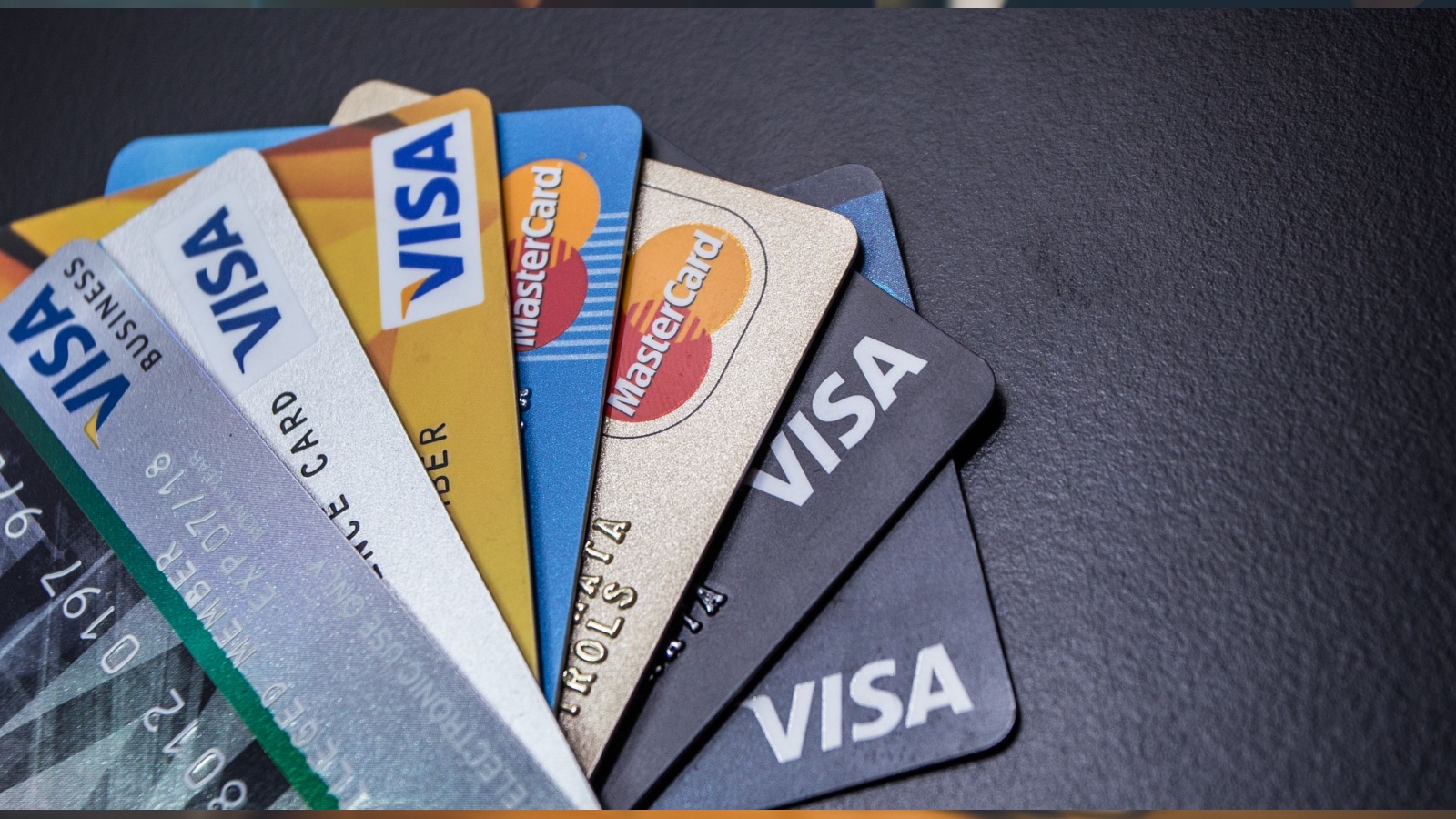
Credit card interest rates in Canada often exceed 20%, meaning even small balances can snowball quickly. Carrying just $5,000 in debt could cost $1,000 or more in interest annually, while many Canadians focus on making minimum payments, which keeps them stuck in debt longer and adds thousands to the final repayment total. Prioritizing debt repayment, consolidating at lower interest rates, or taking advantage of balance transfer offers can save a substantial amount of money. Breaking the cycle of credit card reliance is one of the fastest ways Canadians can reclaim financial stability.
Not Using Loyalty Programs Effectively
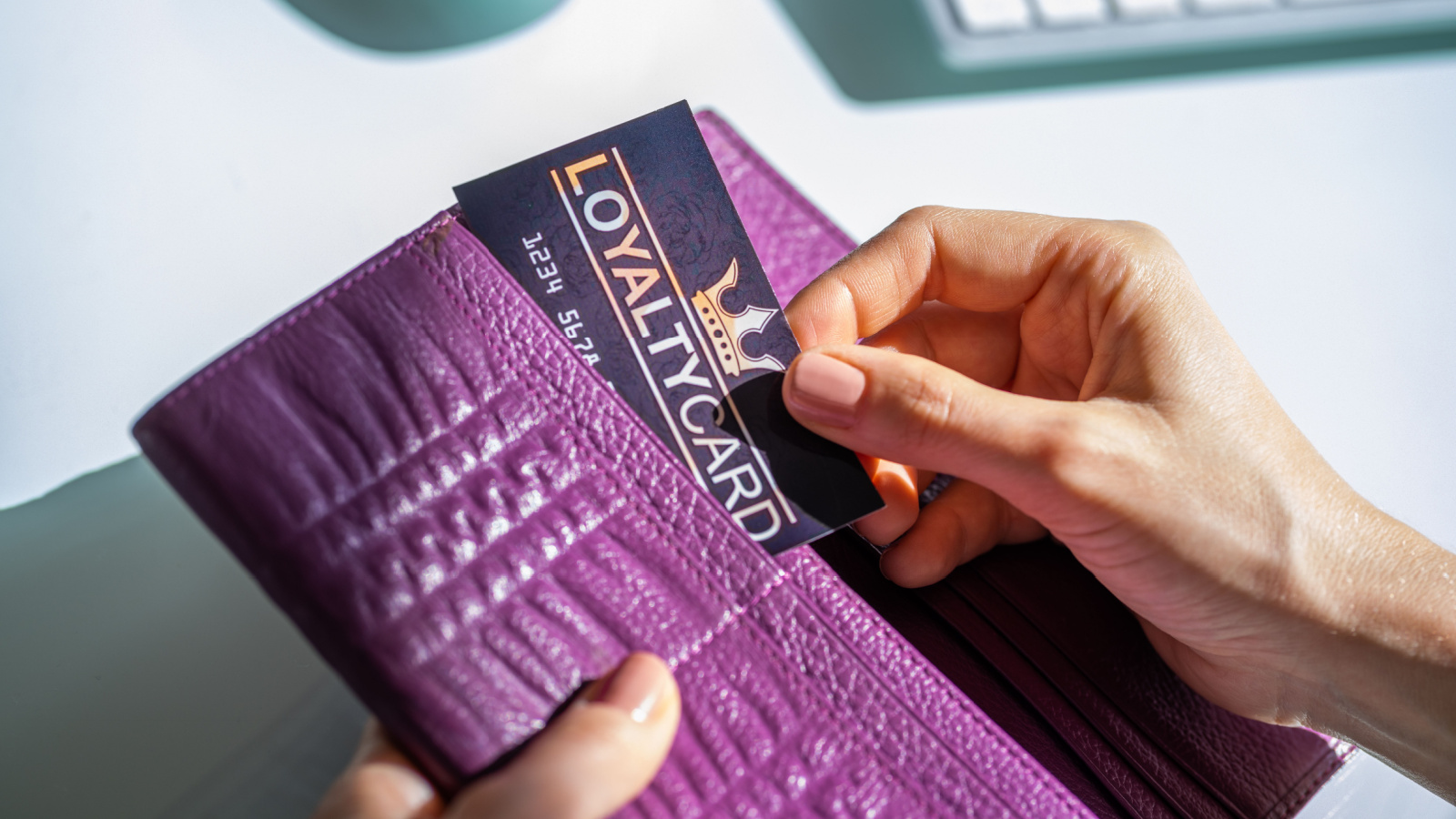
Nearly every Canadian retailer offers loyalty programs, such as PC Optimum, Air Miles, and Scene+, among others, but many people fail to maximize their value. Failing to scan cards or combine bonus offers means missing out on hundreds of dollars in free groceries, travel, or entertainment annually. Canadians who strategically collect points and redeem them for essentials can save $500-$1,000 a year, and the key is to avoid overspending to earn points. Used wisely, loyalty programs are a smart way to stretch budgets without changing habits dramatically, especially with frequent grocery and gas purchases.
Skipping Preventive Car Maintenance

Neglecting regular oil changes, tire rotations, or inspections may save money in the short term, but it often leads to costly repairs later. Canadians who delay maintenance risk breakdowns that can cost thousands, as replacing a transmission or engine far outweighs basic upkeep. Spending $500 annually on preventive care can save $2,000-$5,000 in avoided repairs. With Canadian winters especially hard on vehicles, staying proactive pays off. For many, ignoring small car expenses is a hidden habit that erodes savings without realizing how preventable those costs really are.
Overpaying for Insurance

Many Canadians set up home, auto, or health insurance and never revisit their policies, leading to years of overpayment. Rates can vary widely between providers, yet loyalty often comes at a cost of hundreds more per year. Shopping around, bundling policies, or raising deductibles can cut insurance costs by 10-20%, which translates into $500-$1,500 in annual savings. Insurance is essential, but complacency in renewing the same plan year after year drains budgets unnecessarily. Canadians who review their coverage every couple of years often find significant savings without reducing protection.
21 Products Canadians Should Stockpile Before Tariffs Hit

If trade tensions escalate between Canada and the U.S., everyday essentials can suddenly disappear or skyrocket in price. Products like pantry basics and tech must-haves that depend on are deeply tied to cross-border supply chains and are likely to face various kinds of disruptions
21 Products Canadians Should Stockpile Before Tariffs Hit

Abhishek Ragunath is specialized writer for Trendonomist focusing on topics related to Investing, Money, Technology, Marketing and everything in between. He enjoys hiking, travelling, and is a self proclaimed foodie! He has written for brands including Hashtag Investing, Motely Fool, WallstreetZen & More.
